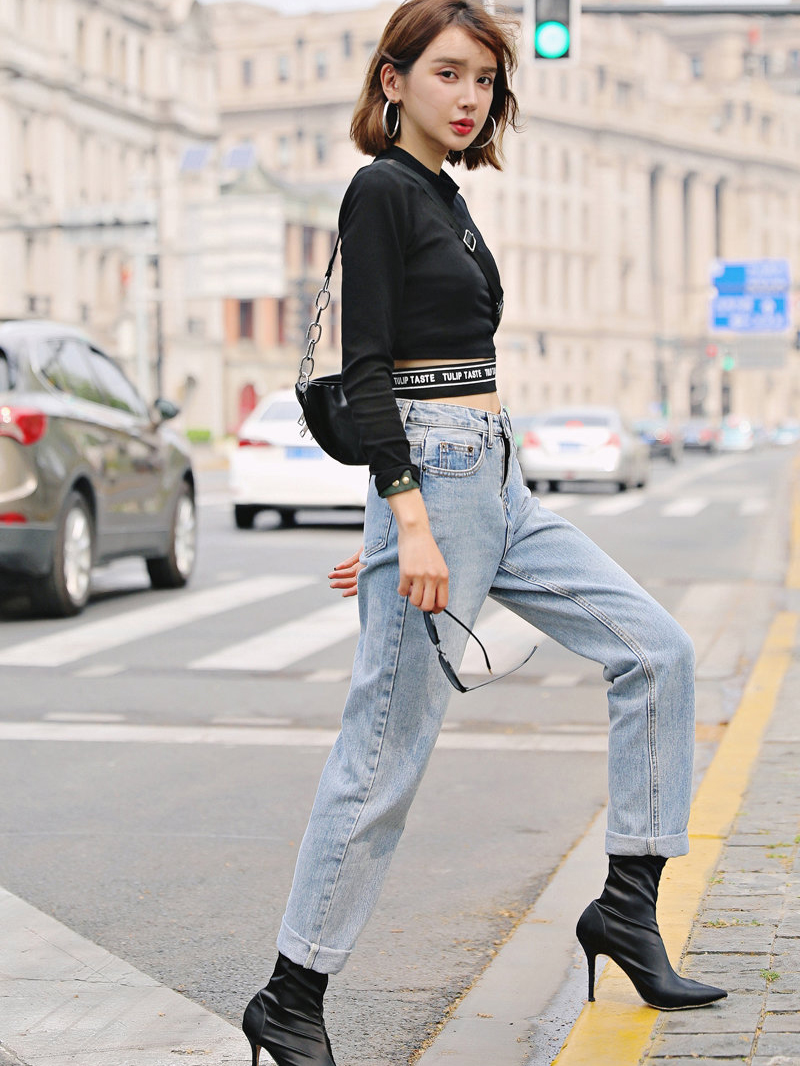
This is the third post in a series looking at the cultural and personal significance of Wonder Woman as a character and a symbol.
I’ve spent the previous two posts introducing a few perspectives on Wonder Woman, but thus far, I’ve skirted fairly clear of both my own attitude toward the character and how it relates to the cover of the February 2008 issue of Playboy. So, that’s where we’re going today.
Much of the following is copied and pasted from something I posted in a forum discussion last week, because it’s the best I’ve managed so far to articulate my thoughts on this issue:
I don’t find the pretty girl-in-body-paint offensive. I’m basically in favor of pretty girls in body paint.
I don’t even find the girl-in-body-paint-as-Wonder Woman offensive. As others have commented, it’s no more revealing than her costume has been in the comics.
I don’t find the idea of Wonder Woman as sexy offensive.
I don’t find the idea of a centerfold dressing as, pretending to be, acting in the role of, or identifying with Wonder Woman offensive.
I do object to the fact that Playboy, which should really know better after all, they go out of their way to come off as culturally savvy coopted THE feminist icon, removed all the strength and spirit (which is part of what’s so sexy about Wonder Woman in the first place) and reduced her to nothing but a limp smexxx object.
I object to their claims that they were dressing Tiffany Fallon as Wonder Woman in homage to Lynda Carter an outspoken feminist who has made it very, very clear that to her, Wonder Woman is all about feminism and strength.
I object to the fact that they chose to use that particular image in the heat of the first presidential election with a viable female and feminist candidate, who has likewise been reduced in popular media to nothing but a characature of feminine weakness.
I object to the fact that DC / TimeWarner, which is notoriously overprotective of their trademarks, has refused to comment on this in the process, awarding it their implicit approval.
I object to DC / TimeWarner effectively pimping out the most powerful female character in comics and the most enduring feminist icon of the twentieth century.
And this makes me a million times angrier than the WonderThong and SexySexyDanger of the WW comics, because this ISN’T limited to the comics. It’s Playboy, which is a whole other scale of exposure and cultural impact. This is not misuse of Wonder Woman the character it’s misuse of Wonder Woman the symbol, which, in my book, is a hell of a lot more important.
Yes, Wonder Woman is sexy. Yes, the early WW comics do cheerfully display a good number of William Moulton Marston’s kinks. But at the same time, Wonder Woman is maybe the ONLY superhero created explicitly for girls, to be a visibly strong woman at a time when there really weren’t any of that stripe in popular culture: Marston wrote about her creation, ‘’Not even girls want to be girls so long as our feminine archetype lacks force, strength, and power. Not wanting to be girls, they don’t want to be tender, submissive, peace-loving as good women are. Women’s strong qualities have become despised because of their weakness. The obvious remedy is to create a feminine character with all the strength of Superman plus all the allure of a good and beautiful woman.’ She still represented that in 1971, when she made what until now was her best-known magazine cover appearance, and in the mid-seventies, when Lynda Carter played her on television.
And she still represents that today.